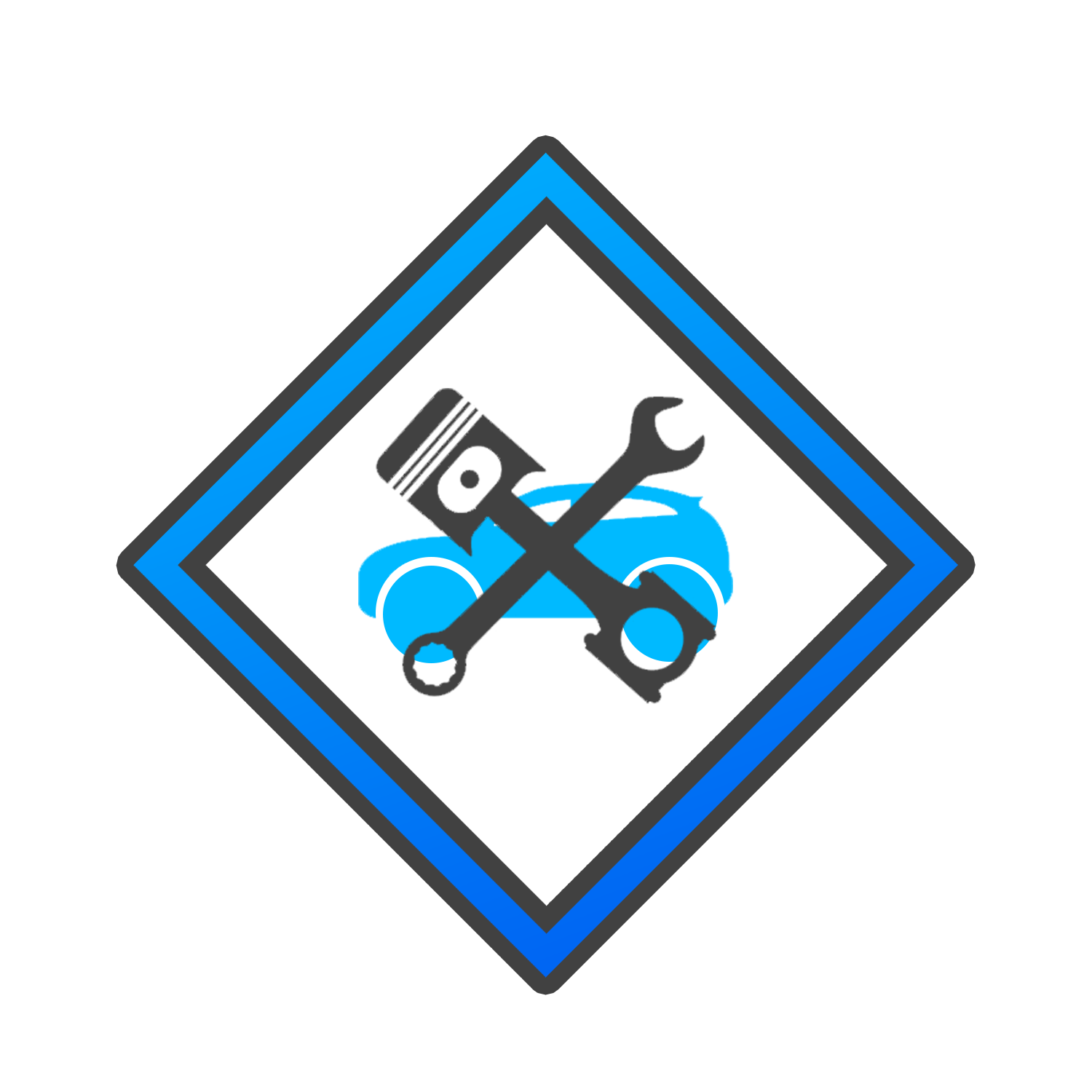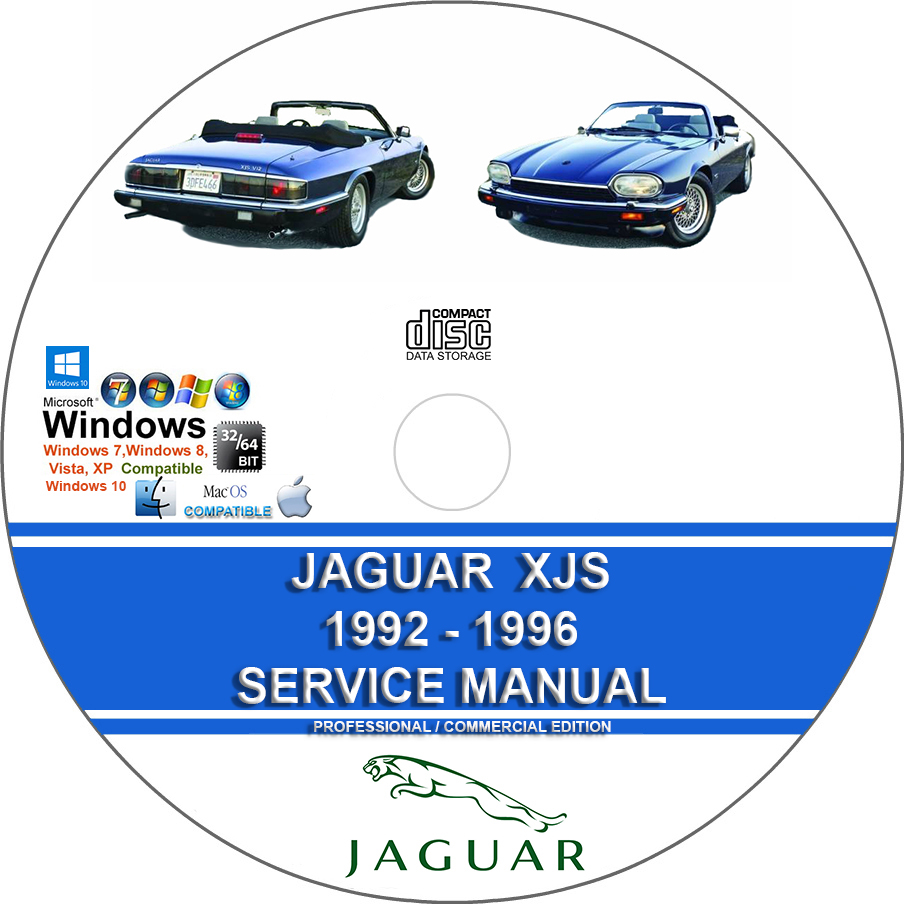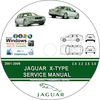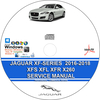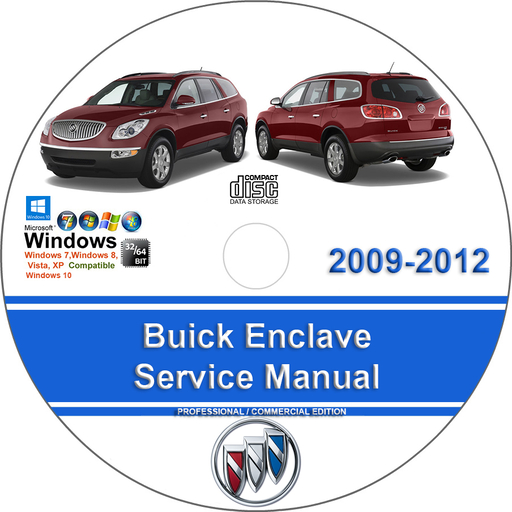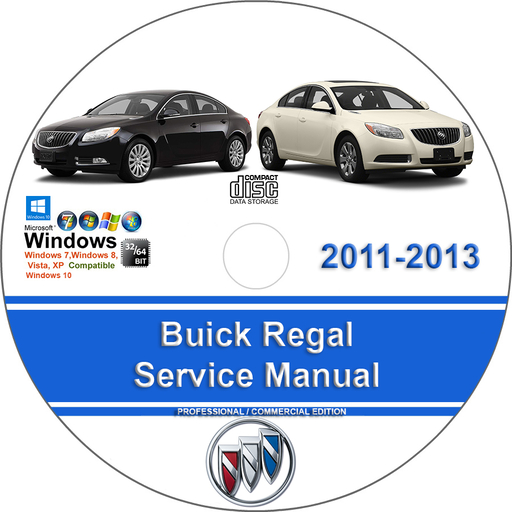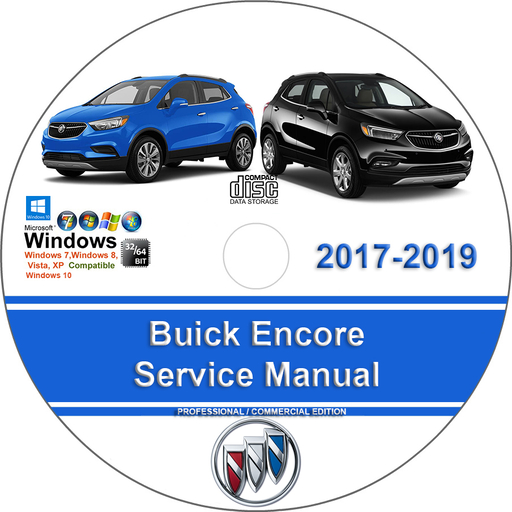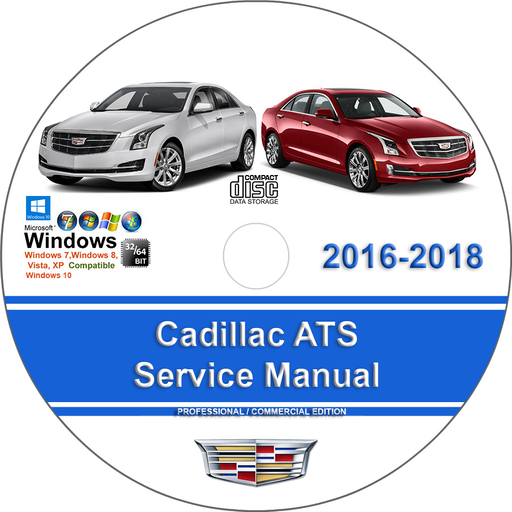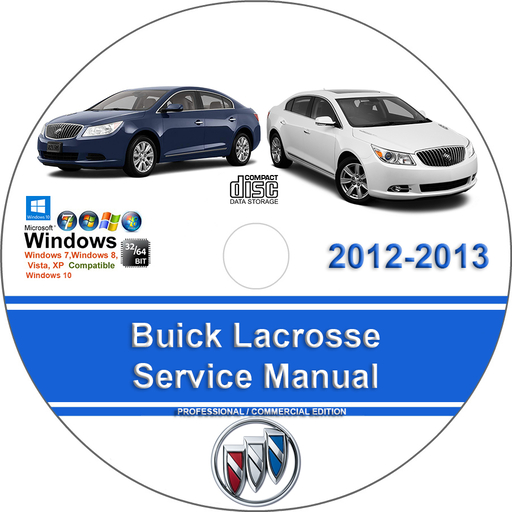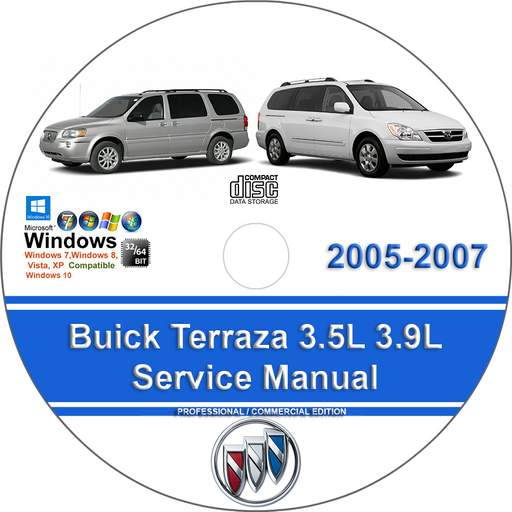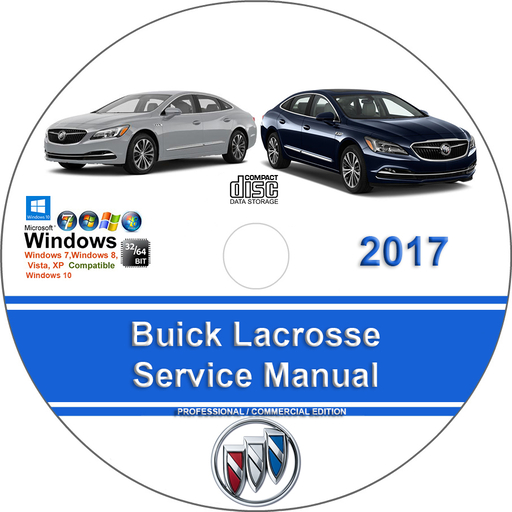Jaguar XJS 1992 1993 1994 1995 1996 Factory Service Repair Manual
$39.00 – $48.00Price range: $39.00 through $48.00
Jaguar XJS 1992 1993 1994 1995 1996 Factory Service Repair Manual
You can download this or I can ship it to you.
Loaded with Hi Resolution illustrations, instructions, photos, and diagrams, complete to service and repair your JAGUAR.
268 Pages
Jaguar XJS 1992 1993 1994 1995 1996 Factory Service Repair Manual
Loaded with illustrations, instructions, photos, and diagrams, complete to service and repair your JAGUAR.
268 Pages
MODEL YEAR:
1992, 1993, 1994, 1995, 1996
MANUALS COVER:
– General Maintenance
– Troubleshooting
– Engine Service / Repair
– Transmission Service / Repair
– Brake System
– Wiring Diagram
– Electrical System
– Suspension
– Periodic Lubrication
– Steering
– Cooling System
– Fuel Injection / Fuel System
– Emission System
– Heater/ Air Conditional
– Engine Control System
– Chassis / Body
– Restraint System
– Interior
– Differential / Drive
– Axle
– Body
– AJ16 Engine
– V12 Engine
– Powertrain
– Driveshaft
– Chassis
– Security System
– Relays and Fuses
– Automatic Transmission
– Exhaust System
– Lighting
– Audio System
– Climate Control
– Battery
– Wash, Wipe System
– Cruise Control
– Trunk
– Seats
– Ignition
This manual is the same as the manual used by workshops. Service Manual contains detailed instructions and step by step diagrams for all workshop procedures.
Language: English
Format: PDF – Indexed and Searchable
COMPATIBLE WITH ALL WINDOWS & MAC COMPUTERS
(WINDOWS 11, WINDOWS 10, WINDOWS 8 ETC.)
Windows/Mac/Tablet/Phone Friendly
- 4.0L Inline-Six (AJ16): An inline-six cylinder engine that evolved throughout this period. It is considered more reliable and less expensive to maintain than the V12.
- 1993: 219 hp
- 1994: 223 hp
- 1995–1996: 237 hp
- 6.0L V12 (1993–1995): An evolution of the classic V12 engine.
- 1993: 301 hp (in the XJR-S)
- 1995: 301 hp
- Cooling system issues: The cooling system needs regular maintenance, especially on the V12, as radiators are known to clog over time. Neglecting this can lead to overheating and expensive engine damage.
- V12 ignition failures: V12 engines from 1990 to 1992 had a tendency for ignition problems, which could cause raw fuel to enter the catalytic converters and start fires. Later 6.0L V12 models were more reliable.
- Oil leaks: As with many older Jaguars, oil leaks can occur, particularly from the cam-cover gaskets.
- Timing chain wear: On higher-mileage cars with either the six-cylinder or V12 engine, a rattling sound at idle may indicate a worn timing chain.
- Exhaust manifold leaks: Worn-out exhaust manifold gaskets are a common issue for both engine types.
- Electrical gremlins: Older Jaguars are known for their electrical issues, which can include failing relays, corroded wiring, and malfunctioning gauges.
- Improved reliability: The later cars (1994.5–1996) are generally considered the most reliable XJS models due to Ford’s investments. The AJ16-powered cars are particularly praised for being near “bulletproof” with proper maintenance.
- Maintenance costs: While the 4.0L engine is less expensive to maintain, V12 models can incur significant repair costs. YourMechanic.com estimates that a V12 XJS can have maintenance costs ranging from $914 to over $4,000 for specific service types.
- V12 accessibility: Working on the V12 engine can be difficult due to the large engine bay. Many XJS buyers opt for the 4.0L inline-six due to its greater simplicity and lower running costs.
- Exterior: These facelift models are distinguishable by their revised rear quarter panels and updated taillights. Some later models had galvanized bodies for better rust protection.
- Interior: The interior features high-quality materials such as leather and wood trim. The analog gauges resemble classic Smiths instruments and contribute to the car’s elegant feel.
- Transmission: A 4-speed automatic transmission was standard on most models, while a 5-speed manual was available on earlier 4.0L cars. The later 6.0L V12 models were fitted with a more robust GM 4L80E transmission.
- Brakes: The notorious and hard-to-service inboard rear brakes were moved to an outboard position beginning in 1993, simplifying maintenance.
| Medium | USB Flash Drive, DVD, Download |
|---|
